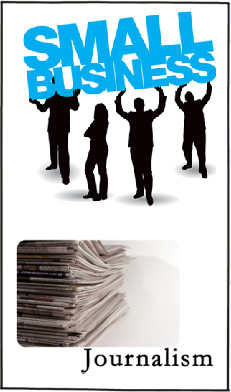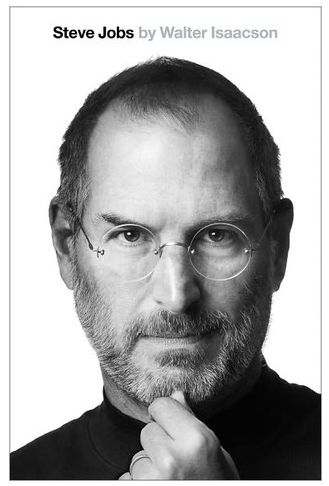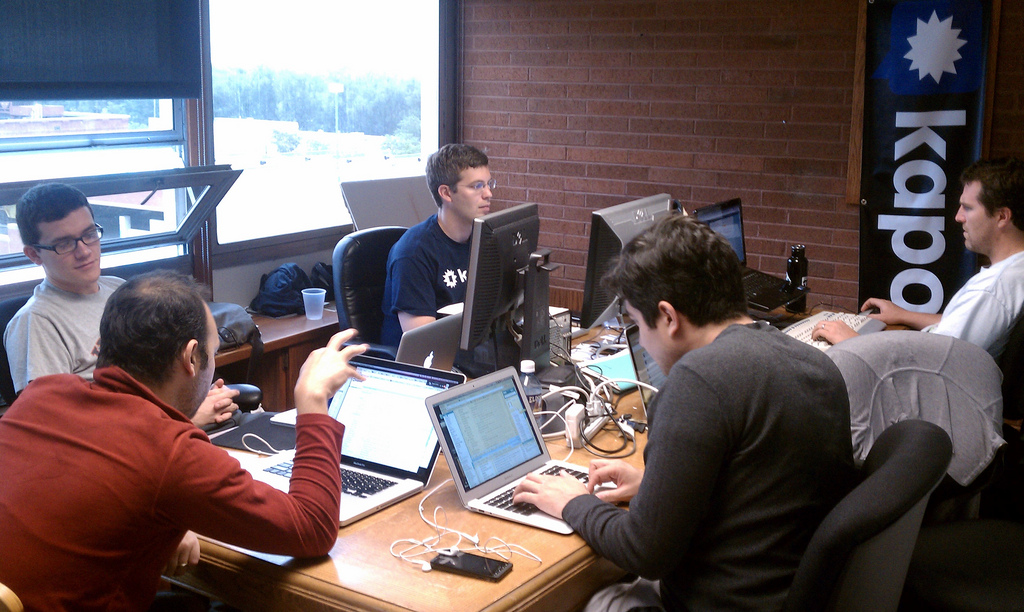 Over here at Kapost, we talk to a lot of publishers and people creating content. These are all sorts of people such as large known publishers, college newspapers, small company blogs and mommy blogs.
Over here at Kapost, we talk to a lot of publishers and people creating content. These are all sorts of people such as large known publishers, college newspapers, small company blogs and mommy blogs.
We noticed one obvious trend and one not so obvious one.
The obvious trend is that traditional journalism is struggling. Companies that rely on their content to generate traffic for ad revenue are hurting. They aren’t getting enough money for their content so they are doing all they can to get leaner and meaner.
The not so obvious trend is that many companies who are not content-based companies are hiring more and more journalists for themselves. They are doing so to populate their blog. This is a marketing tactic and one that is pretty effective and becoming more and more popular. This is a large emerging segment and, in my opinion, is the future of content.
My partner Toby wrote a great piece about this that was published today about this topic. He goes even deeper and gives some good samples of why hiring journalists for non-content companies work and why it doesn’t for ad-supported folks. He compares Fitness Magazine with the company Weight Watchers. Both produce high volumes of content about dieting and exercise for essentially the same audience. He concludes:
Fitness likely generates around a $6.50 effective CPM for the ads that it runs, a blended rate for its direct-sold and remnant inventory that is consistent with industry averages. Assuming that three ads are run on each page and that the average visitor visits five pages, Fitness would have an ARPU of about $0.10.
Weight Watchers, on the other hand, does not run ads, but tries to convert visitors into becoming paying customers. Given its $194 price point and a conservative 2 percent conversion assumption, the ARPU for Weight Watchers is $4. What we see here is a 40X ARPU difference between the media publisher and the content marketer.
This is a big difference. People follow the money, and the money now is in content for marketing and not content for revenue. That’s the future.









